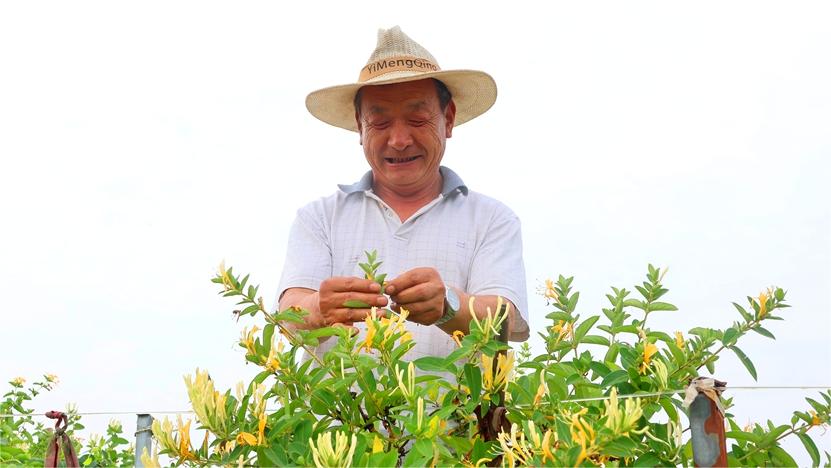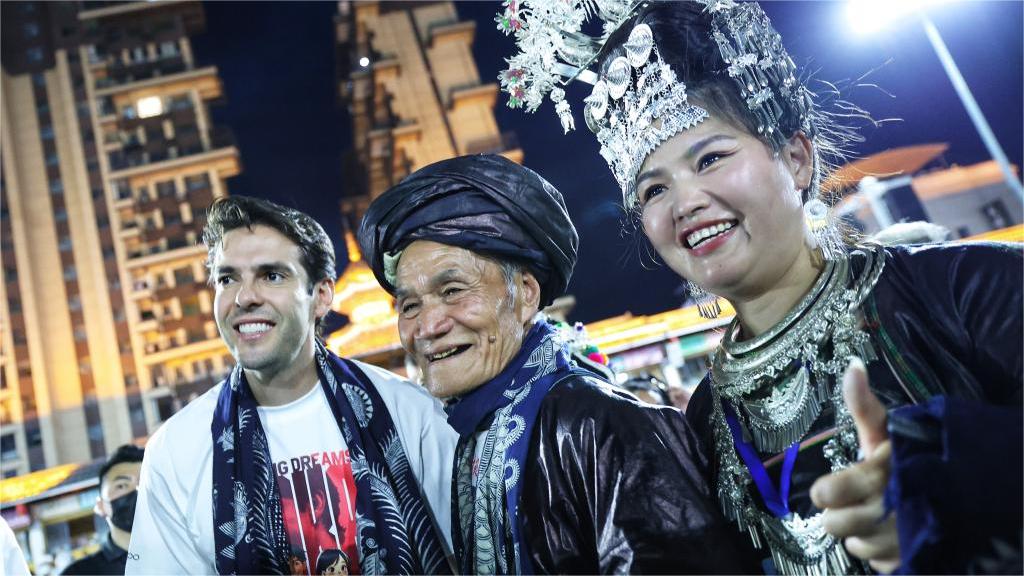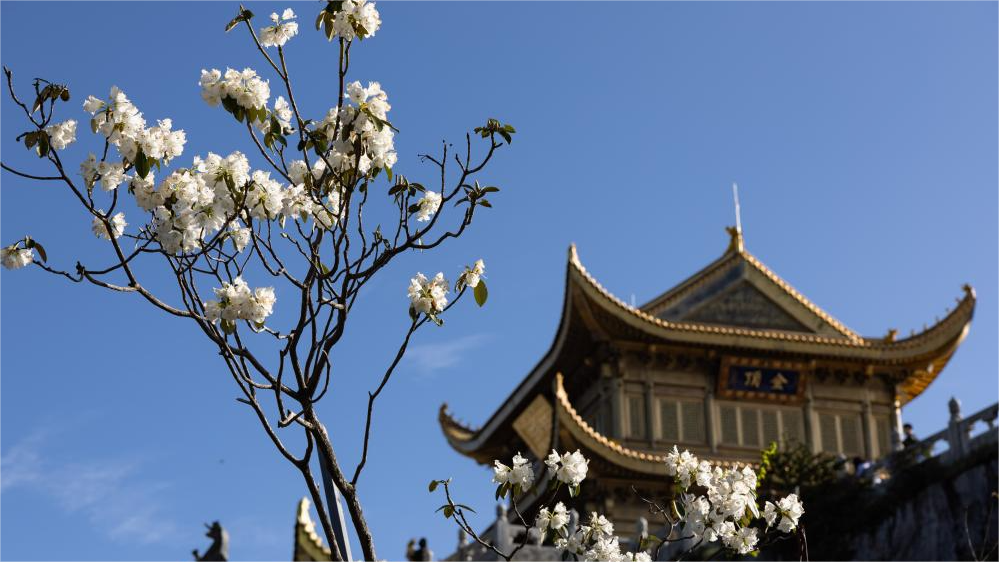China committed to modernizing IP protection system
BEIJING, May 28 (Xinhua) -- Leading the world in patent applications, China is making strides towards becoming an intellectual property (IP) power, and the newly unveiled blueprint for establishing an IP protection system represents the country's latest step in this endeavor.
The blueprint was formulated by the China National Intellectual Property Administration (CNIPA), the country's top IP regulator, and eight other authorities. It serves as a road map for IP development until 2035, with China aiming to modernize and strengthen its IP protection system by that date, said Guo Wen, a CNIPA spokesperson, at the press conference on Tuesday.
The 13-page document highlights China's commitment to IP protection by improving review efficiency, strengthening legal protection and placing a focus on emerging industries.
China has made significant improvements in the efficiency of its patent examination process in recent years, making it one of the most efficient globally. According to data released by the CNIPA, the review time last year was reduced to just 16 months, shorter than that of the United States, Europe, Japan and the Republic of Korea.
The new plan aims to further expedite the examination process for invention patents, cutting it to 15 months by 2025.
The plan also emphasizes the establishment of centers that offer efficient services to enterprises, such as patent review, verification and protection. These centers will be built in collaboration with local governments to address challenges in obtaining evidence and reduce the time and cost involved in IP protection.
The country has already established numerous fast IP service centers nationwide, serving over 150,000 enterprises. According to the plan, more efforts will be dedicated to expanding coverage.
Shen Changyu, head of the CNIPA, said at a press conference in late April that the plan highlighted measures on combating IP infringement.
On enhancing the judicial protection of IP rights, the plan proposes to strengthen the construction of specialized IP courts and tribunals, fully implement the punitive damages system for IP infringement, and improve the rules of evidence and calculation of infringement damages.
Punitive damages, which are compensations awarded in addition to actual damages, aim to increase the cost of IP infringement. The punitive compensation system in the IP field has garnered significant attention. In 2023, Chinese courts applied punitive damages in 319 IP infringement cases, marking a remarkable year-on-year increase of 117 percent. The courts awarded 3.5 times more in damages compared to the previous year, reaching 1.16 billion yuan (163 million U.S. dollars).
The judicial organs have also cracked down on malicious trademark registration, as well as trademark infringement and counterfeiting, and have devoted efforts to optimizing the protection of new types of IP rights and interests, including those involving AI and data property rights.
IP protection rules concerning new fields and emerging industries have also been put on the agenda.
The document proposes to strengthen research on IP protection rules for fields including artificial intelligence, gene technology and livestreaming.
"China will continue to enhance the protection of enterprises' original innovation in emerging business forms and sectors such as computer software, digital copyright and cultural creativity," said Wan Yong, an official with the Supreme People's Procuratorate, at the press conference. "It will also focus on safeguarding IP rights in key cutting-edge areas like information technology, biomedics, advanced manufacturing and new energy."
China has leveraged IP to drive innovation, particularly in meeting the demand for new technologies and industries in recent years. For example, by 2022, the country had secured the top position globally in terms of the number of patent applications filed for AI technologies, with the scale of the core AI industry surpassing 500 billion yuan.
Photos
Related Stories
Copyright © 2024 People's Daily Online. All Rights Reserved.









